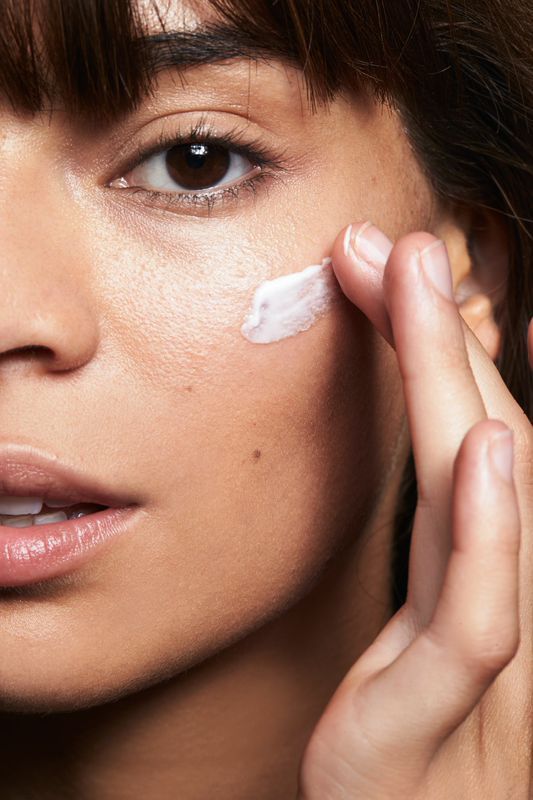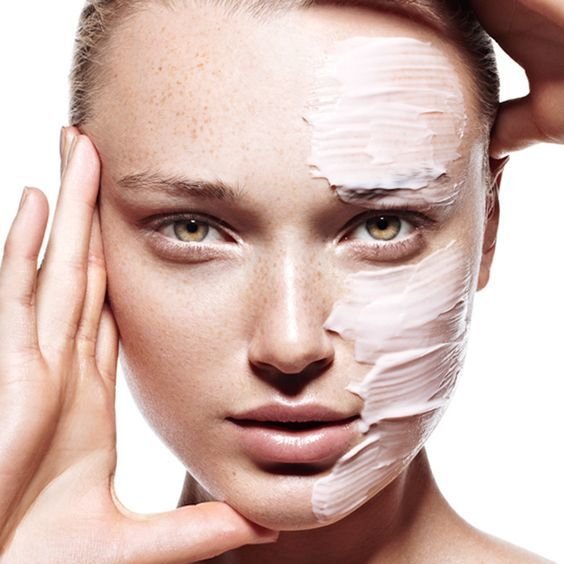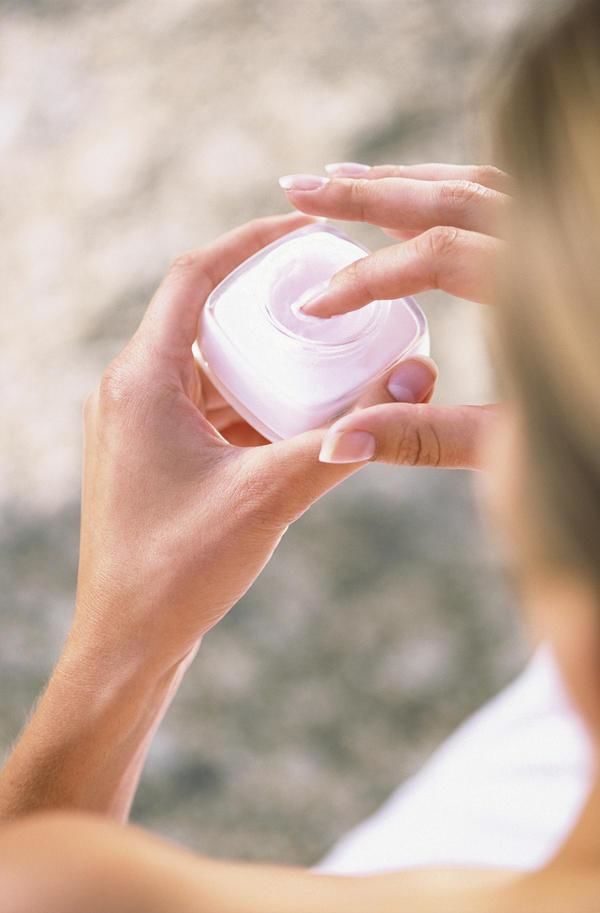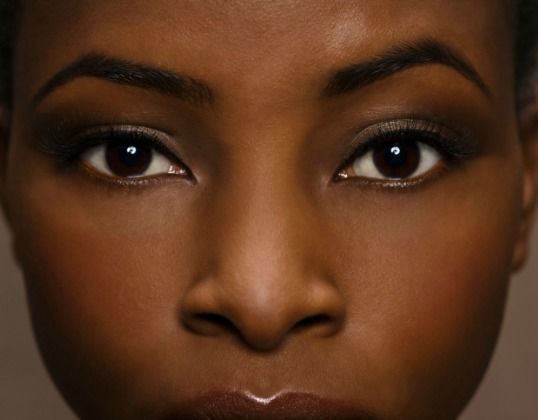We’ve seen commercials on TV and retinol/retinoid products in pharmacies, but what does retinol really do? What’s all the fuss about? Are you applying it correctly? You’re about to find out.
Retinol brightens dull skin, prevents wrinkles, and exfoliates on a cellular level. This way, it reveals smoother, brighter, literally newer skin. It minimizes new wrinkles and can smooth out current ones, as well as fine lines and crow’s feet.
Retinol even treats acne! It prevents pores from clogging, resulting in fewer cysts, blackheads, and pimples. It helps fade dark spots, sun spots, hyper-pigmentation, and even acne scars.

No Two Retinols Are The Same
Retinol is technically one of many different types of retinoids – all derivatives of vitamin A including retinol. Retinoids are an umbrella term.
For example, a drugstore anti-aging formula could contain one of the following: adapalene, retinaldehyde, retinol, or retinyl palmitate. These are all retinoids, ordered from strongest to weakest. The strongest of them, adapalene, is also specifically formulated to treat acne.
Stronger retinoids, available only with prescriptions, include tretinoin and tazarotene. These are more effective and work faster, but come with more side effects as well, such as skin irritation.
If you don’t know which retinoid to choose, start with the gentlest and wait at least a year before moving up to a higher strength formula.
No matter which retinoid you choose, all of them are effective in the long run. The best one for sensitive skin is retinyl palmitate, retinaldehyde or retinol for normal skin, and adapalene for acne-prone, oily skin.

Don’t Use Retinoids At The Same Time As Peels
On the nights you use a retinoid, don’t use peels or acids on your face, because you risk irritating or burning your skin.
Also, don’t use too much at once. All you need is a drop or thin layer once a week at first. Then, frequency increases to twice a week the second week, three times a week the third, and then every other night.
Do use sunscreen when using retinoids because they make the skin extra sensitive to the sun, causing burns or discoloration.

Slow Down The Aging Process
After your mid-30s, your cells start regenerating slower. If it took them a month before, it takes up to two months now, even 70 days.
Our faces begin looking dull, dry, and wrinkled as a result. Retinol accelerates cell turnover, bringing the body to generate fresher, smoother skin again according to experts.
Essentially, it makes your body think it’s younger than it really is, and it works. Keep in mind that you won’t notice a reduction in acne, fine lines, or dark spots before at least three months pass.

Don’t Sweat The Side Effects
Because retinol causes skin to shed cells quicker than normal, you’re prone to experience a few weeks of dryness, flakiness, irritation, and/or breakouts. This is part of the adjustment period.

